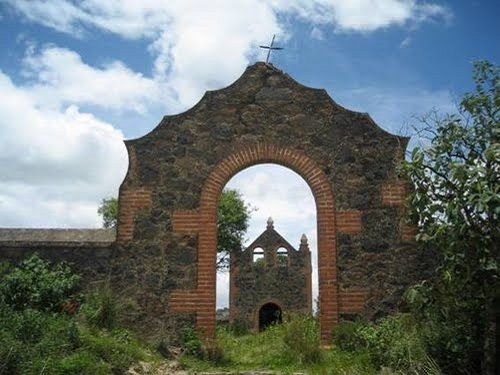
Excelente
485 Views
The construction of this hacienda dates back to the 19th and 20th centuries. It had a barn, a tinacal, a machero, a chapel, calpanerías, corrals and a landowner's house. The type of production to which it was dedicated was agricultural and pulque. The majority of the material used in this hacienda was stone, brick and adobe. The construction system used for supports was stonework, masonry and rigging; for enclosures lintel, platband and arch were used; for roofs wooden beams and tiles.
Terrenate is a municipality of the State of Tlaxcala, the meaning of the name is a word composed of a Nahuatl-Spanish hybridism. Terrenate means "Dough-colored land", it has beautiful historical places such as the San Nicolás Parish dating from the 17th century, the Las Sabinas Ranch dating from the 19th century, the Rancho Viejo, the Candelaria hacienda, the Concepción la Noria hacienda, the Rosa hacienda, the San Pedro Tenexac hacienda, the San Francisco Teometitla hacienda, the San Juan Tepeyahualco hacienda, the San Diego Baquedano hacienda, the El Capulín hacienda, the celebration of the patron saint San Nicolás de Tolentino begins nine days before September 10 (main day) with the so-called novena
The carnival takes place on Sunday, Monday, and Tuesday, before Ash Wednesday. On all three days, the dancers gather in the morning, between 8 and 10 am, at the house of the steward, where they begin to dance. The dancers go out to dance wherever they are invited, and once the dance is over, they are offered refreshments, sweets or food, but never money. On Monday and Tuesday, they finish dancing at night, between 9 and 10 pm. They also wear grotesque masks. Previously, they were made of leather or tin by the dancers themselves. The celebration of the patron saint, San Nicolás de Tolentino, begins nine days before September 10 (main day) with the so-called novena. Masses are held daily at 9 am and rosaries are said in the evenings, starting at 4 pm.